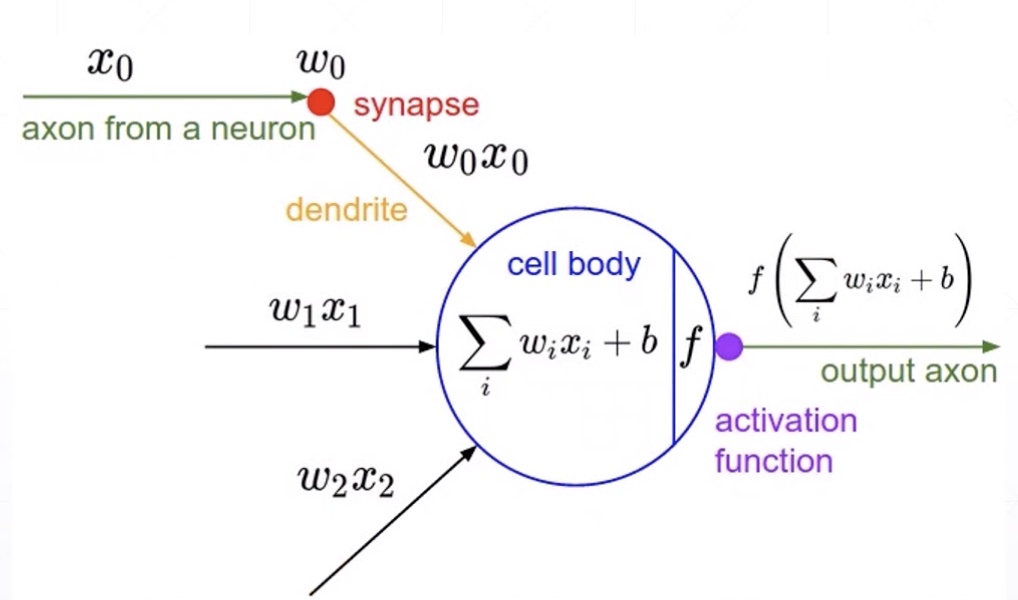激活函数及其梯度
目录
Activation Functions

Derivative

Sigmoid/Logistic
-
-
把的值压缩在0-1之间

Derivative
-
由上式可得到
-
由于x较大时sigmoid的偏导为0,所以参数得不到更新,此时则会有梯度消失现象发生。
tf.sigmoid
import tensorflow as tf
a = tf.linspace(-10., 10., 10)
a
<tf.Tensor: id=17, shape=(10,), dtype=float32, numpy=
array([-10. , -7.7777777, -5.5555553, -3.333333 , -1.1111107,
1.1111116, 3.333334 , 5.5555563, 7.7777786, 10. ],
dtype=float32)>
with tf.GradientTape() as tape:
tape.watch(a)
y = tf.sigmoid(a)
y
<tf.Tensor: id=19, shape=(10,), dtype=float32, numpy=
array([4.5418739e-05, 4.1875243e-04, 3.8510859e-03, 3.4445167e-02,
2.4766389e-01, 7.5233626e-01, 9.6555483e-01, 9.9614894e-01,
9.9958128e-01, 9.9995458e-01], dtype=float32)>
grads = tape.gradient(y, [a])
grads
[<tf.Tensor: id=24, shape=(10,), dtype=float32, numpy=
array([4.5416677e-05, 4.1857705e-04, 3.8362551e-03, 3.3258699e-02,
1.8632649e-01, 1.8632641e-01, 3.3258699e-02, 3.8362255e-03,
4.1854731e-04, 4.5416677e-05], dtype=float32)>]
Tanh
- 类似于sigmoid函数,但是值域为[-1,1]

Derivative
tf.tanh
a = tf.linspace(-5.,5.,10)
a
<tf.Tensor: id=29, shape=(10,), dtype=float32, numpy=
array([-5. , -3.8888888 , -2.7777777 , -1.6666665 , -0.55555534,
0.5555558 , 1.666667 , 2.7777781 , 3.8888893 , 5. ],
dtype=float32)>
tf.tanh(a)
<tf.Tensor: id=31, shape=(10,), dtype=float32, numpy=
array([-0.99990916, -0.9991625 , -0.99229795, -0.9311096 , -0.5046722 ,
0.5046726 , 0.93110967, 0.99229795, 0.9991625 , 0.99990916],
dtype=float32)>
Rectified Linear Unit

Derivative
- 减少sigmoid的梯度爆炸或者梯度消失的现象
tf.nn.relu
a = tf.linspace(-1.,1.,10)
a
<tf.Tensor: id=36, shape=(10,), dtype=float32, numpy=
array([-1. , -0.7777778 , -0.5555556 , -0.3333333 , -0.1111111 ,
0.11111116, 0.33333337, 0.5555556 , 0.7777778 , 1. ],
dtype=float32)>
tf.nn.relu(a)
<tf.Tensor: id=38, shape=(10,), dtype=float32, numpy=
array([0. , 0. , 0. , 0. , 0. ,
0.11111116, 0.33333337, 0.5555556 , 0.7777778 , 1. ],
dtype=float32)>
tf.nn.leaky_relu(a)
<tf.Tensor: id=40, shape=(10,), dtype=float32, numpy=
array([-0.2 , -0.15555556, -0.11111112, -0.06666666, -0.02222222,
0.11111116, 0.33333337, 0.5555556 , 0.7777778 , 1. ],
dtype=float32)>

